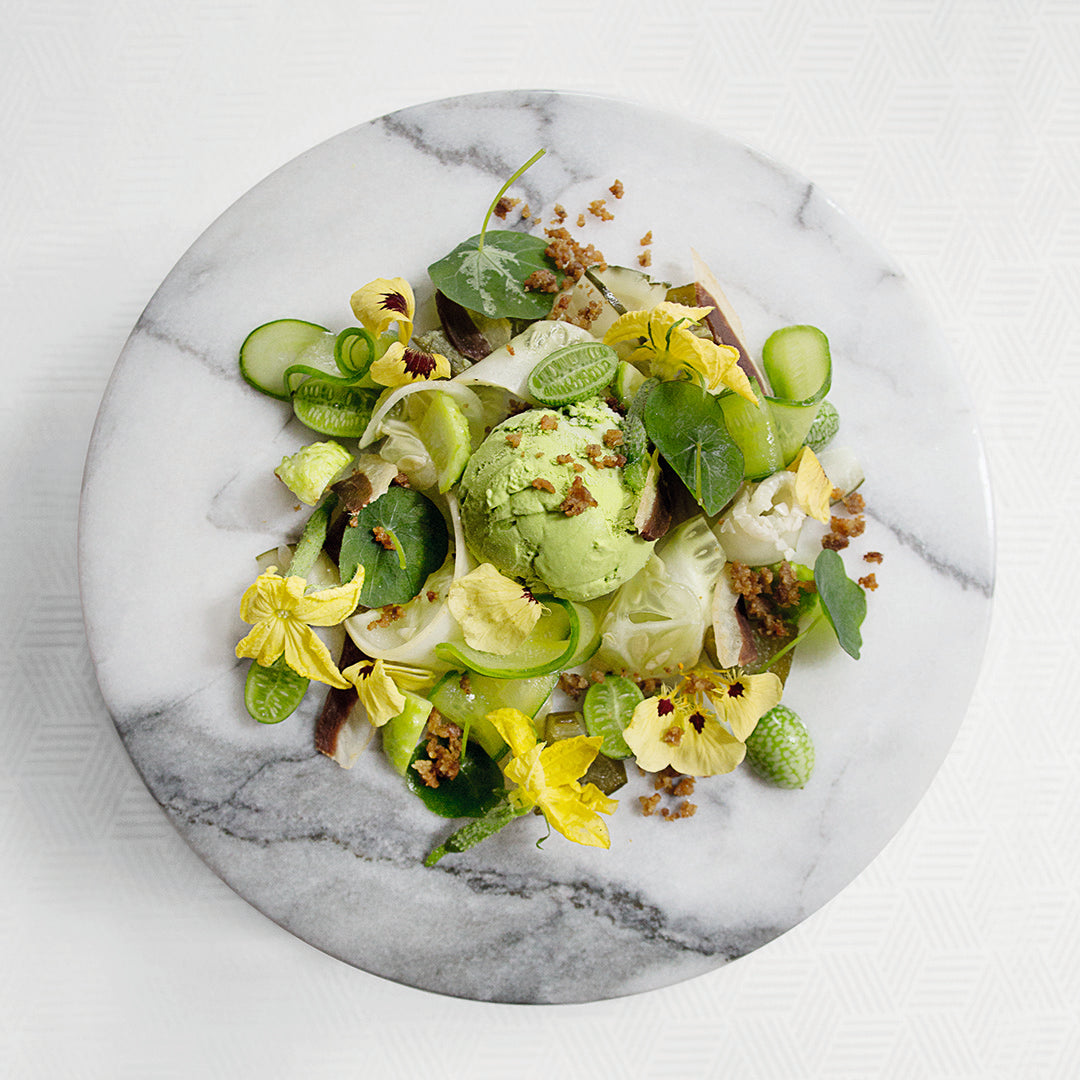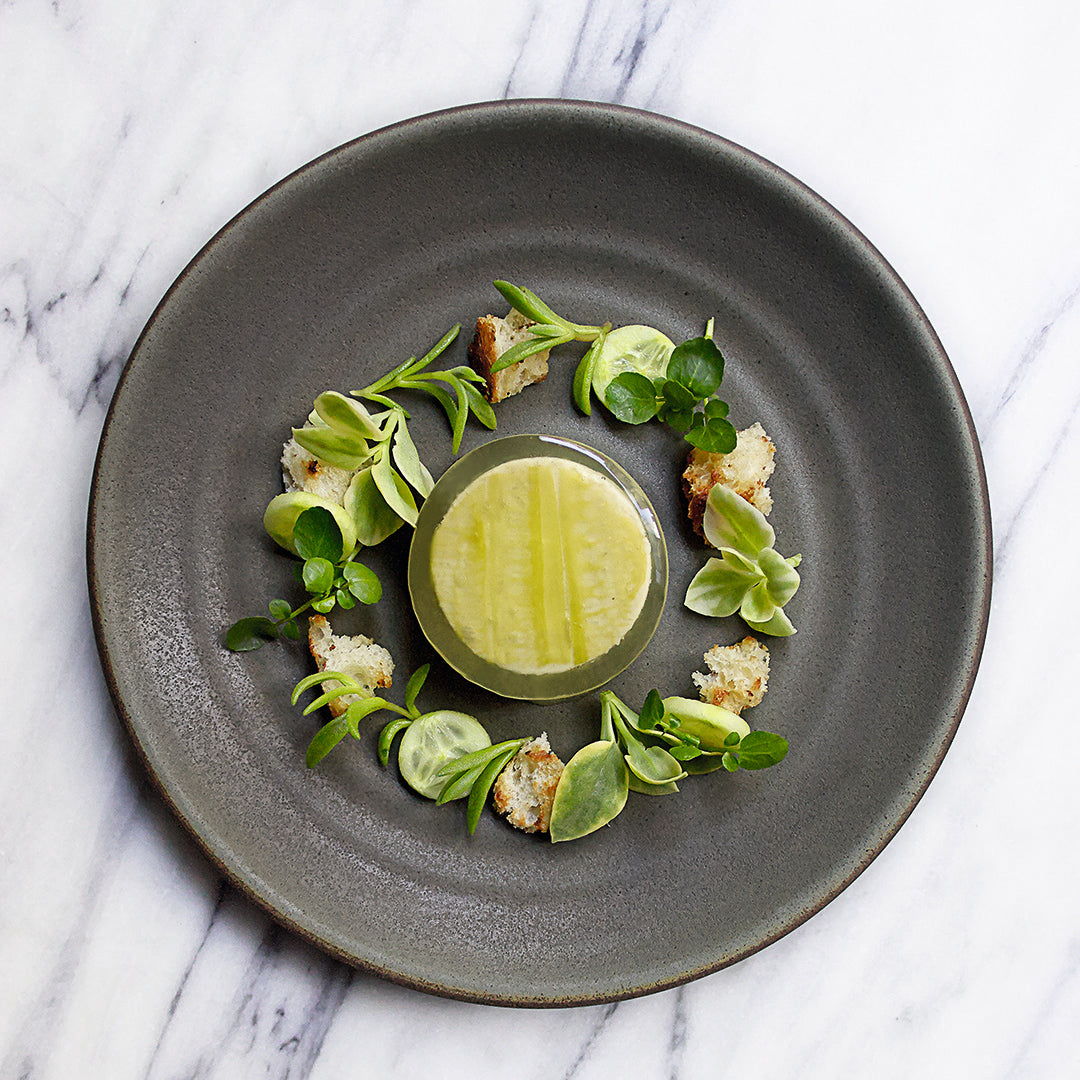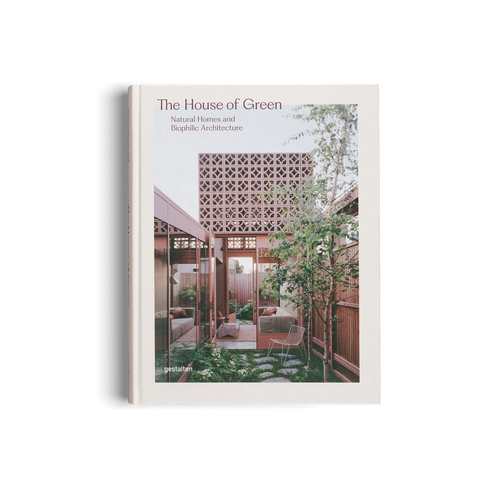
11/2019 food & beverages
To coincide with the American release of Story on a Plate, we put the spotlight on a chef that grew up in a quaint Scandinavian fishing village but has left a prominent mark on New York's culinary scene.
Inspired by her grandmother's home cooking as a child, Bengtsson's journey with food began early but she was removed from fine-dining gastronomy until attending the International Restaurant School in Stockholm when she was aged 16. While studying she began working as a pastry chef at Edsbacka Krog—which at that time was the only two Michelin-starred restaurant in Sweden.

Emma Bengtsson’s cucumber, lovage, and duck at Aquavit. (Photo: Signe Birck)
Her next aim was to move to New York before turning 30. She fell in love with the energy of the city after passing through on her travels back in 2005. In 2010, she moved to America, one year ahead of her self-imposed deadline, Aquavit’s executive chef Marcus Jernmark recruited her to head up their pastry station.
Ingredients that look good together tend to taste good together
In 2014, Jernmark resigned from his role and Bengtsson was given the opportunity to takeover Aquavit. She didn't believe she was experienced enough and declined the offer, but owner Håkan Swahn persuaded her. In the same year, the restaurant was awarded two Michelin-stars. She became the first female Swedish chef to win two Michelin-stars, and only the second female chef based in America to do so at that time. Today, Aquavit is arguably the best Nordic dining experience in the country.
Her artful plating and audacious use of color have been driving New York’s gastronomy scene forward the past decade. In Story on a Plate, we explore her beautiful island built of macarons, cake, and ice cream that harmoniously incites elation. We delve into her desserts that act as color therapy to the viewer, and also as convincing an argument as you’ll ever see (or taste) for why the color on the plate matters.

Poached egg with foraged mushroom from Bengtsson's New York restaurant Aquavit. (Photo: Signe Birck)
Color speaks loudly on a plate, which is why using it requires a poetic understanding of flavor and contrast. Ingredients that look good together tend to taste good together, especially if they’re arranged in a way that allows the architecture of the plate’s design to enhance the way the colors communicate.
To understand why certain colors work together on a plate while others do not, it helps to take a step back and consider basic color theory—and why it can so easily be applied to food. The color theory came along in the 18th century thanks to Sir Isaac Newton. In revealing the law of gravity, he gave us the first color wheel. The color wheel lays out the relationships between primary, secondary, and tertiary colors, and is split evenly between warm and cool colors. Warm colors are stimulating—think bright tomatoes and tangerines—while cooler ones—think moody eggplants and mellow blueberries—are considered calm and relaxing.
“It doesn’t always have to be bright red or green… I firmly believe that brown and white and (subtler shades) are in the color aspect of a plate”
Analogous color schemes are notably hard to combine, they tend to use three neighboring colors as a whole. Although they're popular on the plate, they can also be complex to pull off.
To work, the chef has to understand how to balance dominant, supporting, and accent colors. In skillful hands, it can be stunning, as in the cucumber salad that Bengtsson created at Aquavit: here, several kinds of cucumber, all prepared using different techniques (such as brining, fermenting, and pickling) share the plate with cucumber ice cream, duck charcuterie, and yellow cucumber blossoms. “I wanted to keep everything in the same color profile,” Bengtsson says in the book. “I could easily have put purple flowers in there, but I wanted this dish to just represent that aspect of the color profile.”

Bengtsson’s veal liver pate with pickled cucumber and oxtail ragu at Aquavit. (Photo: Signe Birck)
Nuance, subtlety, and balance are just as important for creating harmony between colors as they are flavors, more, Bengtsson points out, doesn’t necessarily mean more. “It doesn’t always have to be bright red or green,” she says of creating an arresting color scheme. “I firmly believe that brown and white and (subtler shades) are in the color aspect of a plate. I can go completely in that direction too; it's always about highlighting what’s on the plate.” So perhaps it’s not surprising that harmonious aesthetics fuel appetites: the eyes, after all, are our first taster.
A world of plating and culinary ideas through Story on a Plate












